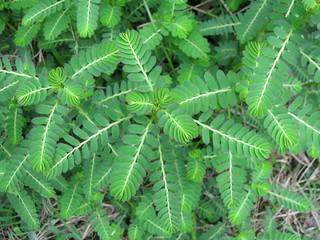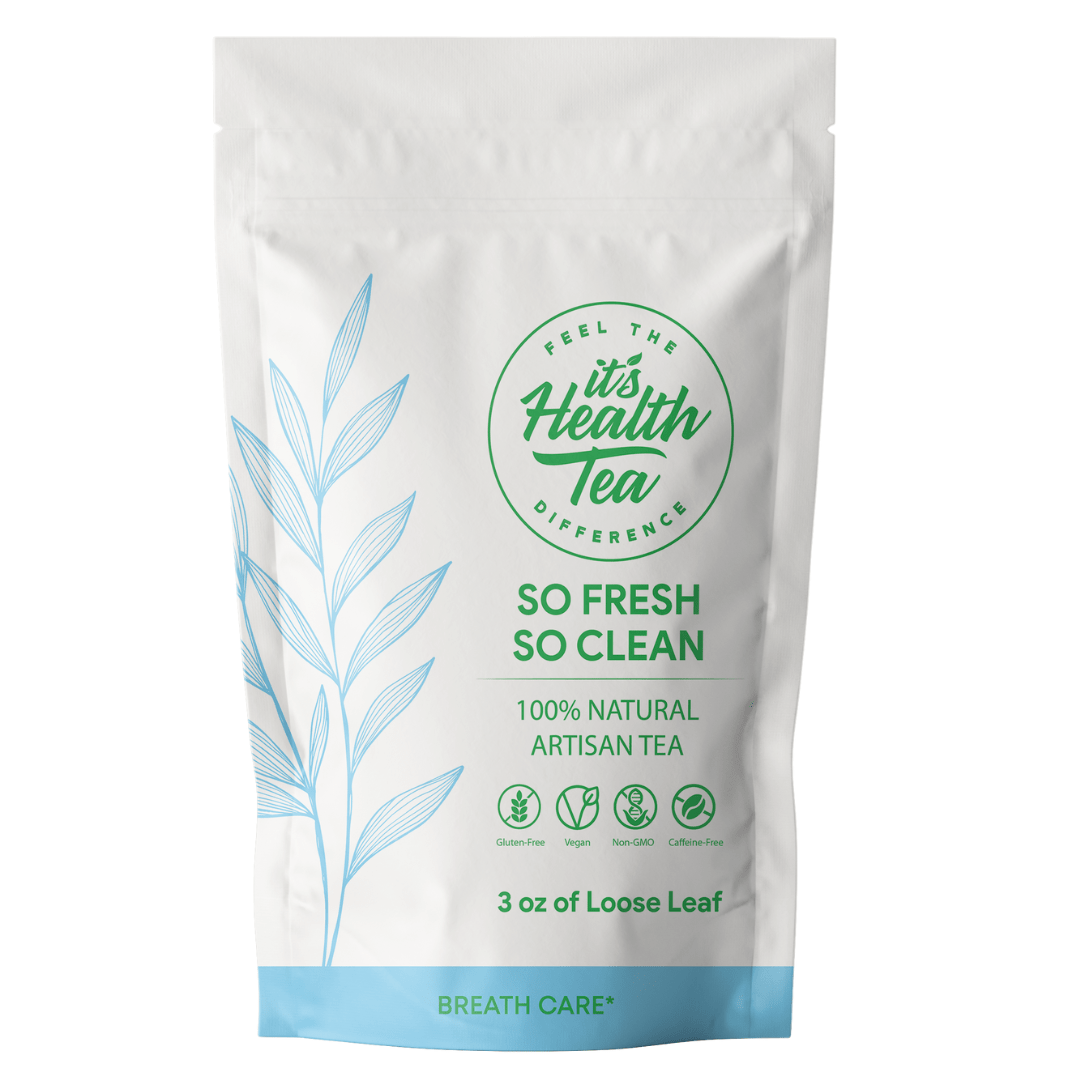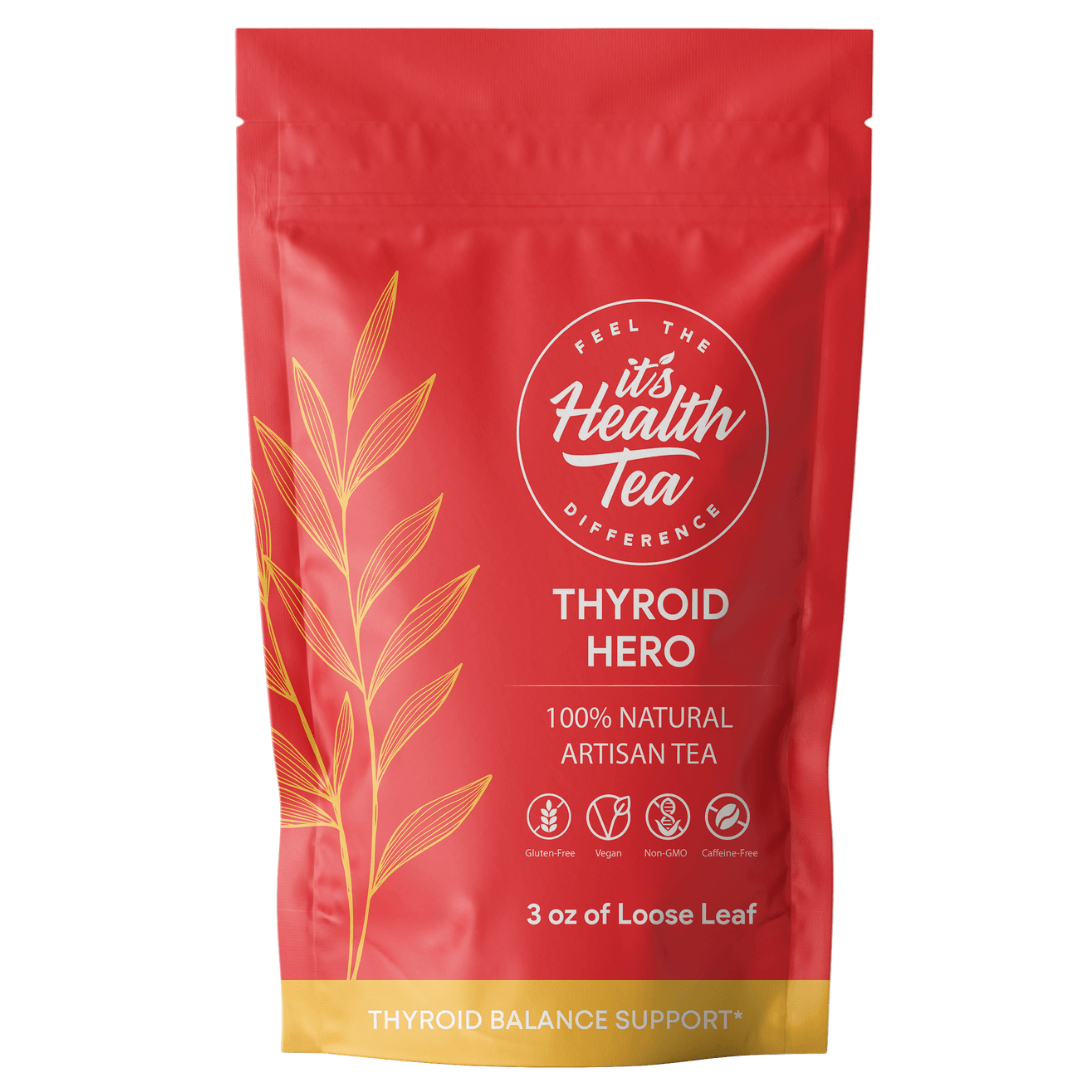Does Chanca Piedra break up stones?
Chanca piedra is best known as a potential kidney stone cure  which is how it earned the name “stone breaker.†The herb is alkaline, so it may help prevent acidic kidney stones.
Is Chanca Piedra safe?
Stay on the safe side and avoid use. Bleeding disorder: Chanca piedra might slow blood clotting. There is a concern that taking chanca piedra might cause bleeding in people with bleeding disorders. Diabetes: Chanca piedra might affect blood sugar levels.
What is Chanca Piedra Good For?
Chanca piedra is an herb. The whole plant is used to make medicine. Chanca piedra is used for kidney stones. It is also used for various disorders of the urinary tract, digestive tract, and liver, but there is no scientific evidence to support these other uses. However, we believe in the goodness and healing power of what comes from the earth and tea used as alternative medicine. As there is currently no cure for kidney stones, Chanca Piedra may be the best option in the market.
Can Chanca Piedra dissolve gallstones?
Because of its wide distribution, it has several names including Phyllanthus niruriand “chanca piedraâ€Â. This translates from Spanish as “stone breakerâ€Â, a name often used in marketing these herbal remedies. This links to its traditional use among Amazonian tribes to eliminate kidney stones and gallstones.
Does Chanca Piedra tea have caffeine?
No it does not contain any caffeine.
Is Chanca Piedra good for gout?
The same mechanisms within Chanca Piedra are also able to reduce the crystallization of uric acid as well as block uric acid production, reducing Gout attacks, especially when combined with a healthier diet. Chanca Piedra can increase uric output, so hydration is crucial to avoid dehydration.
What is Chanca Piedra in English?
The Spanish name of the plant, chanca piedra, means “stone breaker” or “shatter stone.” It was named for its effective use to generations of Amazonian indigenous peoples in eliminating gallstones and kidney stones. In Brazil, the plant is known as quebra-pedra or arranca-pedras (which also translates to “break-stone”).
What is the difference between Phyllanthus amarus and Phyllanthus Niruri?
These are Phyllanthus urinaria and Phyllanthus niruri. The difference between the two and Phyllanthus amarus is that P. amarus has a tiny greenish leaves, stems and fruits while P. niruni have larger leaves and stems that are red and green respectively.







